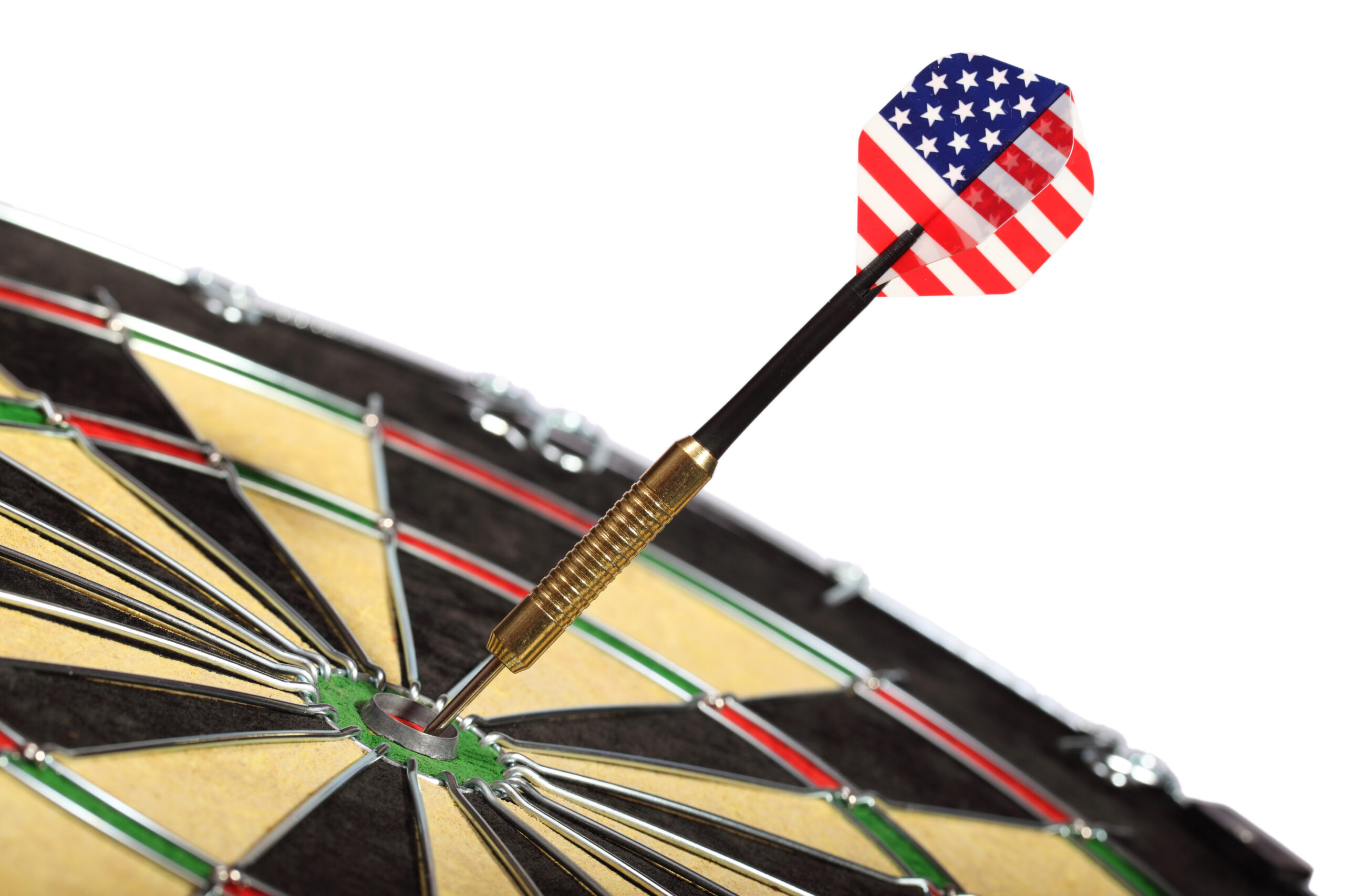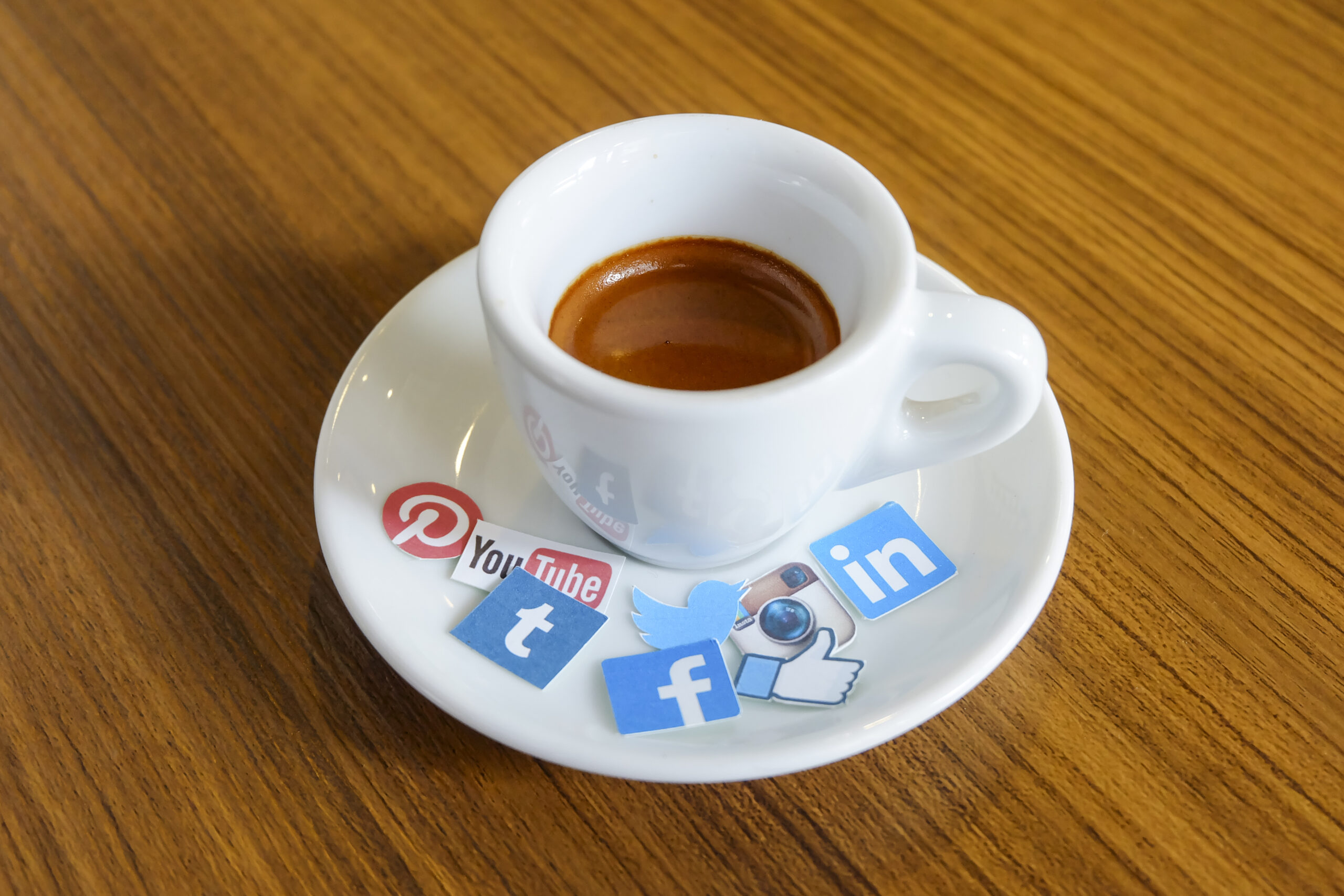digital marketing
Maximizing Your Reach: Online Advertising Trends to Watch in 2023
In the ever-evolving landscape of digital marketing, online advertising remains a cornerstone for businesses aiming to skyrocket their exposure in 2023. With a myriad of platforms and tools at your disposal, harnessing the power of these trends can be the game-changer your brand needs. Let’s dive into how you can dominate the market and stand out in an increasingly crowded space.
### Skyrocket Your Exposure
The first step toward amplifying your visibility is understanding where your audience spends their time. In recent years, platforms like TikTok and Instagram have taken center stage, becoming essential arenas for brands looking to connect with younger demographics. Video content reigns supreme here—short, snappy clips that capture attention in mere seconds can dramatically boost engagement levels.
Moreover, programmatic advertising is on the rise, allowing marketers to automate ad purchases and target audiences with pinpoint accuracy. This technology analyzes vast swathes of data to serve ads precisely when consumers are most likely to engage. By leveraging machine learning algorithms and real-time bidding strategies, companies can optimize their campaigns on-the-fly—maximizing reach while minimizing wasted expenditure.

### Dominate the Market: Secrets to Improving Exposure
To truly dominate your market in 2023, it’s crucial to focus on personalization. Audiences crave tailored experiences that speak directly to their interests and behaviors. Utilizing data analytics tools enables advertisers to glean insights about consumer preferences, paving the way for hyper-targeted campaigns that resonate more deeply.
Additionally, consider integrating augmented reality (AR) into your advertising strategy. Brands like IKEA have pioneered this approach by allowing customers to visualize furniture in their homes before making a purchase. Such immersive experiences not only enhance customer engagement but also foster stronger emotional connections with your products.
Another secret weapon? Influencer marketing continues its meteoric rise as a powerful tool for driving brand awareness. Collaborating with influencers who align with your brand values can provide authentic exposure to niche audiences that might otherwise remain untapped.
### Stand Out in a Crowd: Actionable Insights
Standing out amidst a sea of competitors requires creativity and innovation coupled with strategic execution. Here are some actionable insights:
1. **Leverage User-Generated Content (UGC)**: Encourage customers to share their experiences through reviews or social media posts featuring your product. UGC builds trust and provides social proof while simultaneously engaging potential buyers.
2. **Experiment with Dynamic Ads**: These adapt based on user behavior and preferences, ensuring that potential customers see products they’re genuinely interested in—this increases conversion rates significantly.
3. **Invest in Interactive Ads**: Quizzes, polls, or games can captivate users’ attention longer than standard ads ever could—creating memorable interactions that linger long after viewing.
4. **Optimize for Voice Search**: As smart speakers become ubiquitous, ensuring that your ads are optimized for voice search queries can give you an edge over competitors still relying solely on traditional SEO tactics.
5. **Embrace Sustainability Messaging**: Today’s consumers are increasingly eco-conscious; brands showcasing sustainable practices will resonate better with this demographic.
In conclusion, navigating the dynamic world of online advertising demands agility and foresight as we move through 2023. By embracing emerging trends such as programmatic buying, influencer collaborations, and interactive content experiences while focusing on personalization and sustainability, you position yourself not just as another player but as a formidable force ready to maximize reach and impact in today’s competitive marketplace!
Why Video Advertising is the Future of Digital Marketing (And How You Can Get Started
Online and Social Advertising: )
Video advertising has become increasingly popular in recent years, with more businesses turning to this medium as a way to reach their target audience. In fact, studies have shown that video ads are among the most effective forms of digital marketing, generating higher engagement rates than other types of online ads. If you’re looking for ways to improve your digital marketing strategy, then read on to learn why video advertising is the future of digital marketing and how you can get started.
Introduction to Video Advertising
Video advertising involves using short videos to promote products or services online. These videos can be displayed on various platforms such as social media sites like Facebook, Twitter, Instagram, YouTube, and even websites. The idea behind video advertising is to create compelling content that captures viewers’ attention and encourages them to take action.
The Benefits of Video Advertising for Businesses
There are several benefits of video advertising for businesses. Firstly, it allows companies to connect with their customers on an emotional level by telling stories through visuals and sound. This type of advertising also provides a more immersive experience compared to traditional text-based ads. Additionally, video ads tend to generate higher click-through rates, which means they are more likely to drive traffic back to your website.
Another benefit of video advertising is its ability to increase brand awareness. By creating memorable and shareable videos, businesses can build a strong reputation and establish themselves as thought leaders within their industry. Finally, video advertising offers greater flexibility when it comes to targeting specific audiences based on demographics, interests, behaviors, and more.

How to Create Effective Video Ads
To create effective video ads, there are some key elements to consider. Firstly, keep your messaging clear and concise. Your video should communicate one main message in under 30 seconds. Secondly, make sure your video is visually appealing and includes high-quality graphics and animations. Thirdly, use music and sound effects strategically to enhance the overall impact of your video. Lastly, end your video with a call-to-action that prompts viewers to take action.
Examples of Successful Video Ad Campaigns

One example of a successful video ad campaign is Nike’s “Just Do It” campaign featuring Colin Kaepernick. This ad generated significant buzz and sparked conversations about social justice issues while promoting Nike’s values of empowerment and self-expression. Another example is Dove’s Real Beauty campaign, which featured real women of different ages, shapes, and sizes to challenge conventional beauty standards. This campaign resonated with consumers and helped position Dove as a champion of body positivity.
In conclusion, if you want to stay ahead of the curve in today’s competitive digital landscape, then investing in video advertising is a smart move. With the right approach, you can create compelling videos that capture viewers’ attention and drive results for your business.
Boosting Sales with Targeted Facebook Ads: A Step-by-Step Guide
Targeted Facebook ads are a powerful tool for businesses looking to increase their online presence and drive sales. With over 2 billion active users, Facebook is one of the largest social media platforms in the world, making it an ideal place to reach your target audience. In this guide, we’ll walk you through everything you need to know about creating successful targeted Facebook ads that will help boost your sales.
Introduction to Targeted Facebook Ads
Facebook offers several types of advertising options, but targeted ads are particularly effective because they allow you to show your ads only to people who are most likely to be interested in your products or services. These ads can be shown on desktop computers, mobile devices, and even in people’s newsfeeds while they browse Facebook on their smartphones.
Setting Up Your First Campaign
To create a targeted Facebook ad campaign, start by logging into your Facebook account and navigating to the Ad Manager section. From there, click on the “Create Ad” button and select “Traffic” as your objective. This type of ad is designed to send traffic directly to your website or landing page.
Next, choose your audience based on demographics such as age, gender, location, interests, behaviors, and more. You can also use custom audiences if you have existing customer data from previous marketing efforts. Once you’ve selected your audience, set your budget and schedule for your ad campaign.
Creating Compelling Ad Content
The key to success with targeted Facebook ads is creating compelling content that resonates with your audience. Start by crafting a clear message that highlights the benefits of your product or service and how it solves a specific problem for your customers. Use eye-catching visuals like images or videos to grab attention and make sure your call-to-action (CTA) is prominent and easy to find.
Choosing the Right Audience and Optimizing for Conversions
Once your ad is live, monitor its performance using Facebook’s analytics tools. Pay close attention to metrics like clicks, impressions, conversions, cost per click, and return on investment. Use these insights to optimize your ad copy, imagery, and targeting strategy to improve results over time.
Tracking and Analyzing Results
Finally, don’t forget to track and analyze the results of your targeted Facebook ad campaigns. Use Google Analytics or other web analytics tools to measure traffic and conversion rates on your website, and adjust your strategies accordingly. By continuously monitoring and optimizing your ads, you can maximize ROI and drive more sales for your business.

Beyond Likes and Shares: Measuring the ROI of your Social Ad Campaigns
Social advertising has become an essential part of any digital marketing strategy. With over 4 billion people using social media worldwide, it’s no surprise that businesses are flocking to platforms like Facebook, Instagram, Twitter, and LinkedIn to promote their products or services. But while likes and shares may seem like a good indicator of success, they don’t necessarily translate into sales or leads. In order to truly measure the effectiveness of your social ad campaigns, you need to look beyond these vanity metrics and focus on more meaningful data.
Measuring the ROI of Your Social Ad Campaigns
The first step in measuring the ROI (return on investment) of your social ad campaigns is to establish clear goals and objectives. Are you looking to increase brand awareness? Drive traffic to your website? Generate leads or sales? Once you have a clear idea of what you want to achieve, you can start tracking key performance indicators (KPIs) such as click-through rates, conversion rates, cost per acquisition/click, and return on ad spend. By analyzing this data, you can determine whether your social ad campaigns are generating a positive ROI and make adjustments accordingly.
Going Beyond Likes and Shares: Alternative Metrics for Successful Campaigns
While likes and shares can be a useful barometer of engagement, there are other metrics that are better suited to measuring the success of your social ad campaigns. For example, video views, post reach, and audience sentiment can all provide valuable insights into how your content is resonating with your target audience. Additionally, by tracking user behavior such as bounce rate, time spent on page, and scroll depth, you can gain a deeper understanding of how users interact with your website or landing pages after clicking through from a social ad.
Audience Targeting Strategies for Effective Social Advertising
One of the most powerful features of social advertising is the ability to target specific audiences based on demographics, interests, behaviors, and more. By tailoring your messaging and creative to appeal to different segments of your target audience, you can improve the relevance and impact of your social ad campaigns. Some effective strategies include retargeting customers who have previously visited your website, reaching out to cold audiences with educational or informational content, and leveraging lookalike audiences to find new prospects who share similar characteristics to your existing customers.

Conclusion: Best Practices for Maximizing Your Social Ad ROI
To maximize the ROI of your social ad campaigns, it’s essential to continually test and optimize your approach. This might involve experimenting with different ad formats, refining your targeting parameters, optimizing your KPIs, and tweaking your messaging and creative to better resonate with your audience. It’s also important to stay up-to-date with changes to each platform’s algorithm and adjust your strategy accordingly. Ultimately, by focusing on meaningful metrics and implementing targeted, data-driven strategies, you can ensure that your social ad campaigns deliver real value to your business.
From Clicks to Conversions: How to Optimize Your Online and Social Ad Campaigns
Online and social advertising has become an essential part of any business’s marketing strategy. With the rise of digital media, companies can reach their target audience in new and innovative ways. In this blog post, we will explore how to optimize your online and social ad campaigns from clicks to conversions.

Introduction to Online and Social Advertising:
Online and social advertising refers to the practice of promoting products or services through various digital channels such as search engines, social media platforms, email, and display ads. These types of ads can be highly targeted to specific audiences based on demographics, interests, behaviors, and more. They also offer real-time tracking and analytics that allow marketers to measure success and make data-driven decisions.
Setting Goals for Your Campaigns:
Before launching any ad campaign, it is crucial to define clear goals and objectives. Are you looking to increase brand awareness, drive website traffic, generate leads, or boost sales? Once you have identified your goals, you can tailor your messaging and tactics accordingly.
Choosing the Right Platforms for Your Audience:
There are countless options when it comes to choosing a platform for your ad campaigns. Each one offers unique benefits and drawbacks depending on your industry, budget, and target audience. For example, Facebook is great for reaching consumers with visually appealing ad formats, while LinkedIn is ideal for B2B advertisers looking to connect with professionals. Research which platforms align best with your business needs and customer preferences.

Creating Compelling Ad Content:
The key to successful online and social advertising lies in creating compelling content that resonates with your target audience. This means using attention-grabbing headlines, eye-catching visuals, and persuasive copy that speaks directly to your customers’ pain points and desires. Test different variations of your ad creatives to see what works best and refine them over time.
Testing and Optimizing Your Ads:
Once your ad campaigns are live, it’s critical to monitor performance metrics such as click-through rates (CTR), conversion rates, cost per acquisition (CPA), and return on investment (ROI). Use these insights to test new strategies, adjust bids, and optimize your ads for better results.
Measuring Success and Improving Over Time:
To ensure long-term success, regularly evaluate your ad campaigns against your initial goals and KPIs. Make changes as needed, incorporate feedback from your customers, and stay up-to-date on emerging trends and technologies in the world of online and social advertising.
Conclusion:
From clicks to conversions, optimizing your online and social ad campaigns requires careful planning, testing, and analysis. By following these steps and continuously improving your approach, you can maximize ROI and achieve your desired business outcomes.




